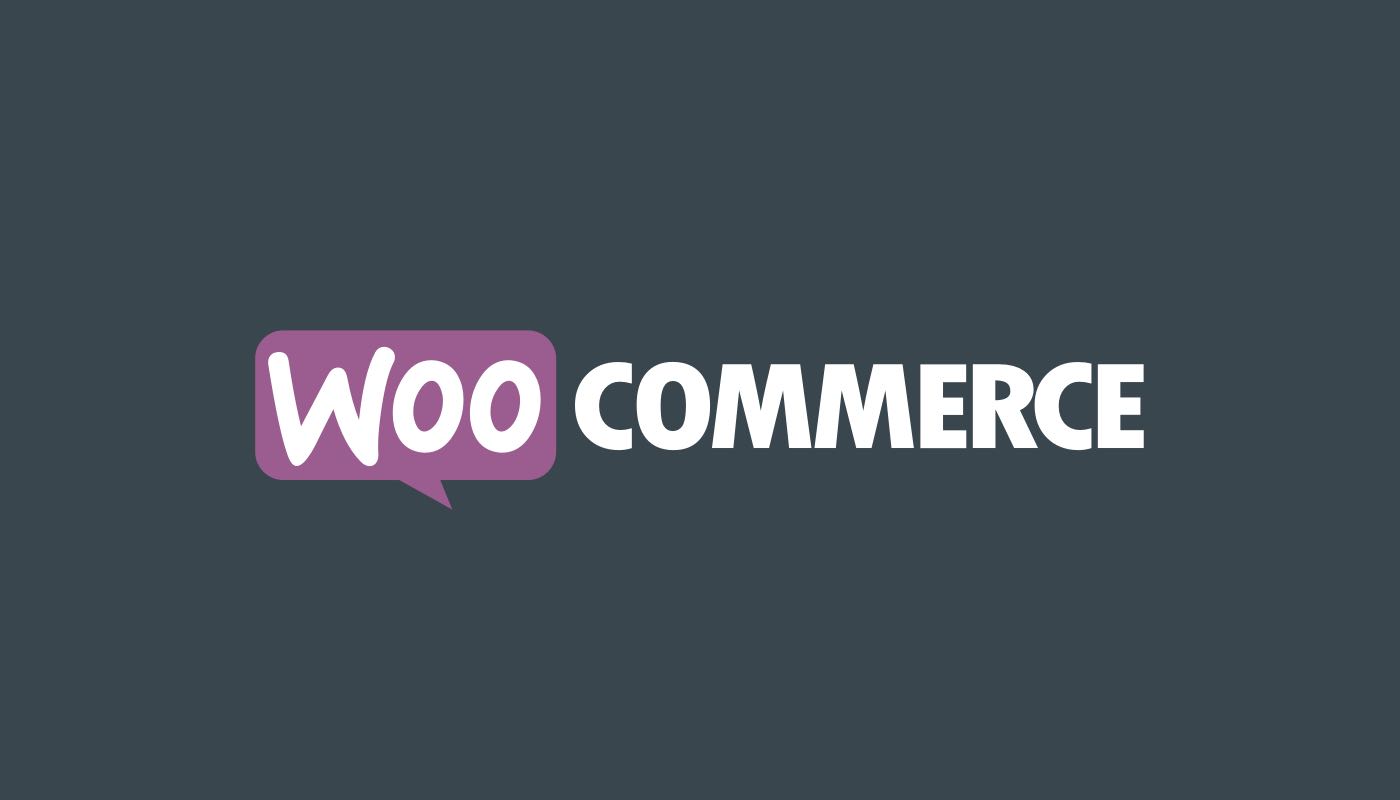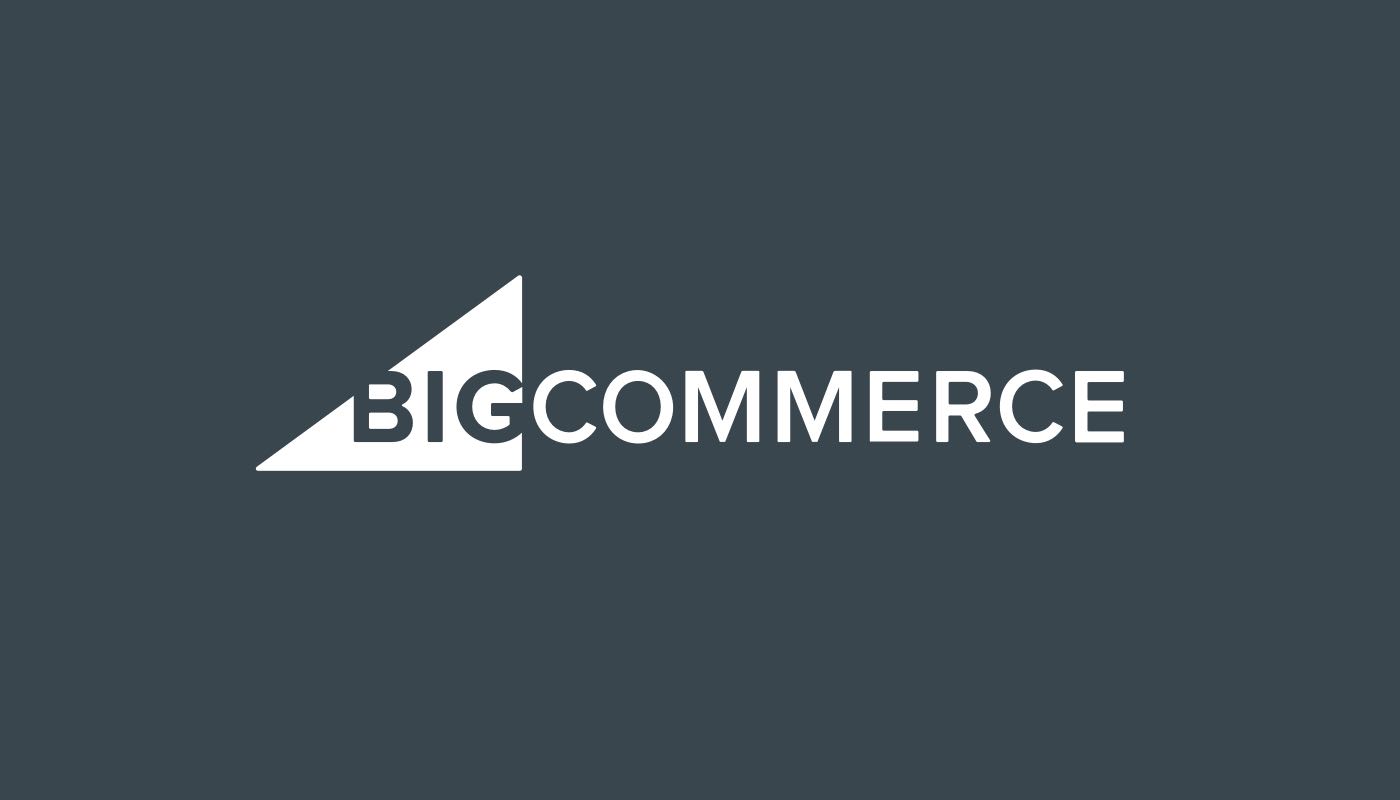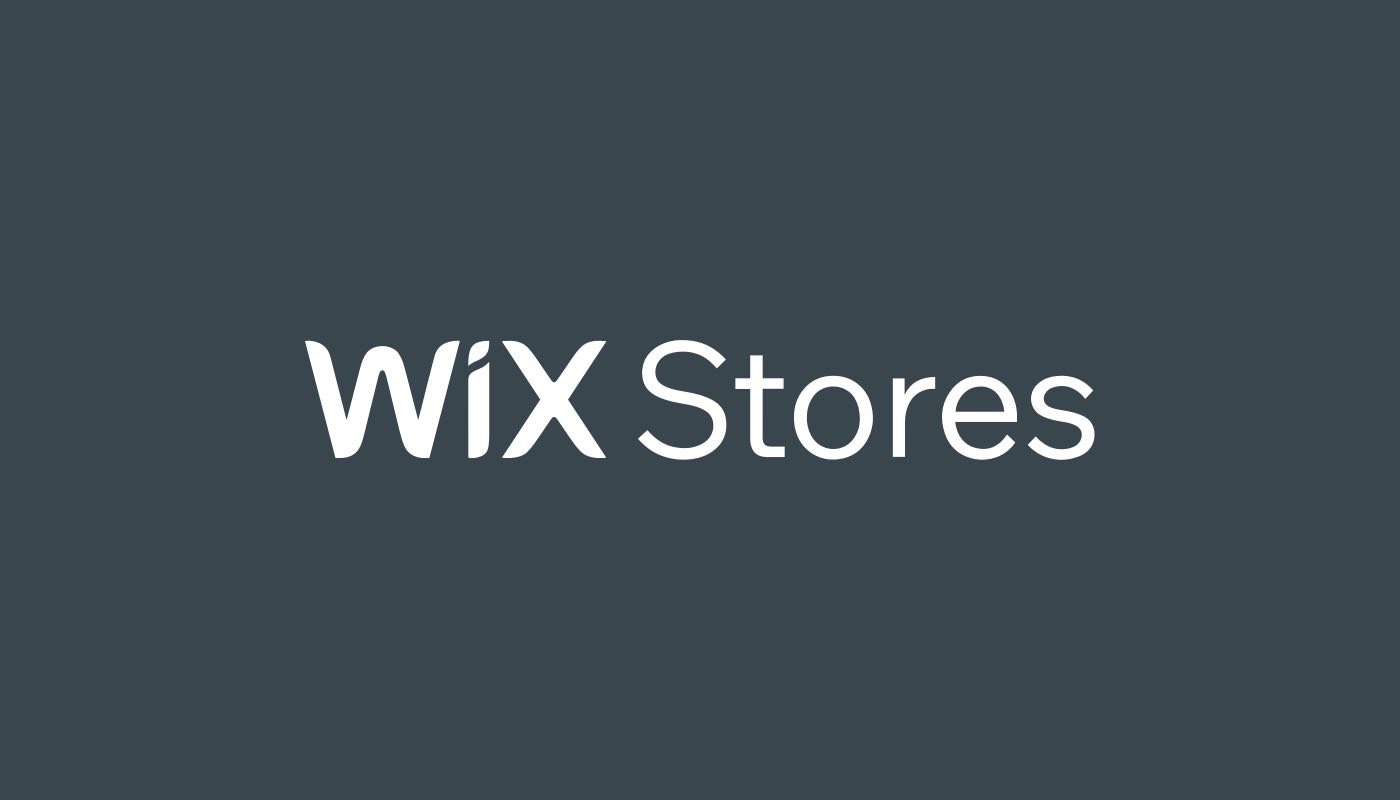The best online retail platforms for beauty businesses
It’s time for beauty businesses to amplify the prescription and gift voucher side of their retail business.
Creating an online store and choosing an eCommerce platform is a big decision, especially if you have no idea where to start or how to do so! With many platforms and variables to consider (similar to choosing which shade of polish you’re committing your nails to!) we’re going to help you figure out which eCommerce platform is the best for your beauty business.
We have compiled a brief comparison of the best eCommerce platforms in the current online market.
The first thing you may realise when typing into Google ‘create an online retail store’ is the amount of endless options of software and platforms in this market. If you haven’t done that yet or you’re just not up to date in the tech world, just to show you how abundant it is, here are all the platforms that are currently considered for the title of best eCommerce platform:
- Wix, Shopify, WooCommerce, BigCommerce, Magento, Jimdo, LemonStand, Volusion, OpenCart, osCommerce, Spark Pay, 3dcart, Big Cartel, Squarespace, Selz, Gumroad, Storenvy, Weebly, E-junkie, SendOwl, Ecwid, X-Cart, PrestaShop, FoxyCart, ZenCart, MoonFruit.
The above are all popular eCommerce platforms that all have their communities and devoted users. And, of course, they all call themselves the best eCommerce platform in the market … which makes it even more confusing for someone who has no idea about tech, IT or eCommerce!
To avoid complete confusion and to save our community the hassle, we have decided to pick the Top 4 online retail store platforms based on ease of use, pricing, functionality and customer service. Those include:
- Shopify
- WooCommerce
- BigCommerce
- Wix eCommerce
Let’s dive in and take a look individually at each platform.

Shopify
“Shopify Inc. is a Canadian multinational eCommerce company headquartered in Ottawa, Ontario. It is also the name of its proprietary eCommerce platform for online stores and retail point-of-sale systems.” – Wikipedia
The simple beauty of Shopify is, if you don’t have a business website then you can create Shopify to look like your main website complete with a blog and about pages. If you do already have a business website however, Shopify can be customised to just house your retail products and gift vouchers, allowing for all beauty businesses to use this platform.
When signing up an account in Shopify the step by step process of the sign up is extremely easy to follow, without asking for too much information at each stage. All you need to create a profile and take a look around in the platform is your email address, password, and a name for your store. After that, you’ll be asked a few simple questions which helps the software understand your business needs better and all of this information helps them cater your store to your needs.
Once you’ve signed up, you’re directed to the main dashboard which allows you a walkthrough tutorial of the site itself which is quite seamless. Visible on the left hand side is your shop template editor, your orders, products, customers, reports – literally everything in the one place.
Apart from the online store, Shopify also lets you create and use a ‘buy’ button which you can imbed on your current website (if you already have one), Facebook selling module, or their Point of Sale system if you want to continue to run your business as a retail storefront – without any additional tools or machinery.
The designs available in Shopify are simple, modern-looking, and cover most types of beauty businesses. They’re easy to customise, edit and alter to reflect most businesses’ branding style guides with fonts, colours, logos, the header, footer settings, typography, presets, and more. There are ten free themes (templates for what your shop can look like) available at the moment. There are options for paid themes, however the price tags on those can cost anywhere between $160 – $180 per theme, so our suggestion is to stick with the free themes and customise them.
Basically, Shopify is great at giving you partially pre-filled design themes and templates so that you only need to adjust minor details to fit your exact needs. It’s not a blank canvas where you’re just thrown into and don’t know where to click what next! When it comes to the Shopify platform itself, Shopify offers 24/7 support. There are a few different ways that you can get in touch such as Live chat, Email, Phone and even by tweeting at them on Twitter!
Price: $29 per month, with 2.9% + 30¢ per online transaction.

WooCommerce
“WooCommerce is an open-source eCommerce plugin for WordPress. It is designed for small to large-sized online merchants using WordPress. Launched on September 27, 2011, the plugin quickly became popular for its simplicity to install and customise and free base product.” – Wikipedia
As Wikipedia kindly described, WooCommerce is a plugin app to WordPress websites. If you have a WordPress website continue reading. If your website is not a WordPress website, skip to the next platform.
WooCommerce indeed is the most widely used eCommerce platform out in the interwebs.
WooCommerce is an eCommerce software application, while Shopify and BigCommerce are eCommerce services that don’t require any installation into websites, for example.
To get started with WooCommerce, you first need to install WooCommerce onto your WordPress account, and only then you can proceed to the WooCommerce part of the deal. If this is sounding tricky, then you’ll need to consult with your WordPress web developer who should offer you a one-click install to connect your WordPress and WooCommerce app.
Once you’ve connected WooCommerce to WordPress the system will then take you through their on-boarding tutorial, and help you to organise, alter and add details of your online store.
You’ll note the WooCommerce becomes a part of your WordPress Dashboard navigation, which is easy to navigate once you’ve had a little play around.
If you already have a basic understanding of WordPress and are managing posts and pages then WooCommerce shouldn’t be too much different for you in that respect.
A double edged sword, WooCommerce is a WordPress plugin, meaning, it connects its content and information like your product listings – through your current WordPress theme.
On the one hand, you get to keep using your current theme and not change too many design elements, but on the other hand, you might also stumble across some difficulties with certain areas of the store not being displayed how you would like them to. In some extreme scenarios, you might be even forced to change the site’s theme altogether to make everything fit (but this doesn’t happen too often).
The good news pricewise with WooCommerce is that the plugin is a free tool for WordPress websites, however this also means that there’s no dedicated support, because the plugin is free.
WooCommerce does offer support for all the paid extensions that they offer, but beyond that, you can find lots of online help through Googling your problems because WordPress/WooCommerce is so popular.
Price: FREE when plugged into WordPress.

BigCommerce
“BigCommerce is a privately held technology company and provides a SaaS ecommerce platform. The company was founded in 2009 and has 600+ employees with headquarters in Austin, Texas. Its features include customer groups and segmentation, search engine optimisation, web hosting, and more.” – Wikipedia
If I’m frank, BigCommerce is similar to Shopify – they’re both cloud-based eCommerce platforms that you sign up for rather than downloading or plugging in. Because of that fact, BigCommerce setup is super easy too, just like Shopify’s. After providing your details like the usual: email address, password, etc., BigCommerce then lets you into the dashboard. Again, the dashboard is quite similar to Shopify’s and everything that needs to be in an eCommerce dashboard is all there. The only slight difference between BigCommerce and Shopify would be the managing and adjusting of your store design. BigCommerce is a little fiddly and not as dynamic as Shopify inbuilt themes. With regards to the product manager, there’s not too much of a difference.
Again, similar to Shopify, BigCommerce gives you access to both free and paid themes, although the free offering is even smaller than Shopify’s – just seven free themes available. If you invest in a theme for better customisation with BigCommerce, those can get quite expensive – often $145 – $250 per theme, however once you pick your theme, the customisation is quite good. There’s lots of settings to play with such as colour settings, headers, footers, buttons, section titles, sliders, and more. Overall, a nice and powerful interface.
Like Shopify, BigCommerce offers 24/7 support for the core eCommerce platform. You can get support via Live chat, Email, Phone. As well as general BigCommerce support, staff can help you with more than just the technical stuff, as BigCommerce advertises them being able to help with “anything related to selling on BigCommerce and growing your business”.
Price: $29.95 (cheaper when purchased annually)

Wix eCommerce
“Wix.com Ltd. is an Israeli software company, providing cloud-based web development services. It allows users to create HTML5 websites and mobile sites through the use of online drag and drop tools.” – Wikipedia
Similar again to BigCommerce and Shopify, Wix can be an entire website in itself, or it can just be a shop – you’ve got the flexibility here.
Wix eCommerce is easy to use in many ways, but it can take some time and playing around in the back end editor to get used to how the system functions. Setting up your Wix site is super simple because you can choose from hundreds of free templates which are categorised into specific business types such as beauty & wellness, fitness, consulting etc. Choose a template with a ‘shop’ in it and start editing, or choose a website without a shop and add the ‘shop’ app for free. You can preview all of the templates to give you an idea of the layout of the site, and away you go.
Once you choose a theme, you can edit it via Wix’s visual drag-and-drop editor. Overall, BigCommerce seems to be offering a little more design customisation possibilities than Shopify and Wix allows for more edits than both BigCommerce and Shopify together.
Once you have done this, you can open the Store Dashboard, where you’ll get dedicated Store Products and Store Orders areas to manage the eCommerce parts of your site: Adding a product is pretty simple, and you can also set up advanced details like Product Options (size, colour, etc.) and inventory/shipping details: To customise the finer details like taxes and payment options, you’ll work in the settings area. Because Wix has its own dedicated payment processing service, it’s super easy to start accepting credit card payments once you’ve integrated your Stripe account or connected your PayPal portal. Wix also gives you tools to help you calculate your tax rates and shipping costs which is a great help for those who are unsure.
Wix eCommerce offers a great amount of options to get help. You can almost guarantee that if you Googled a problem you’re having with Wix and typed ‘wix’ on the end of the problem, there would be a ‘how to’ page on troubleshooting what you’re looking for. If you want help from a human being, you can get 24/7 support via the phone via Wix’s callback service or you can also open a ‘support ticket’ if you don’t want to use the phone.
Pricing: $28 monthly (cheaper when purchased annually)
So where to from here?
The thing you have probably already picked up on is that each of these eCommerce platforms offers basically the same set of “crucial eCommerce features” – features that are essential for every online store. At the end of the day, though, I consider Shopify’s backend dashboard and editor a bit more user friendly for the beauty business owner who has zero idea about tech and wants to get her site up overnight in the shortest amount of time. If you’re in no rush and are happy to create a more customised site and like to be creative online, then Wix will give you this freedom.
No lock in contracts, monthly subscription – just like Netflix for the professional beauty industry!
* This post contains no affiliate links or sponsorship.


